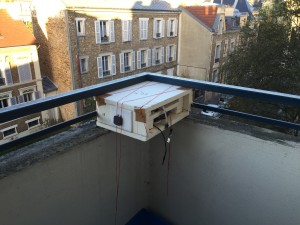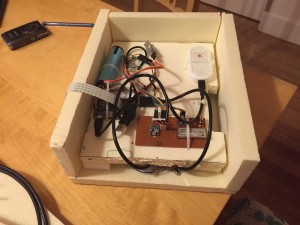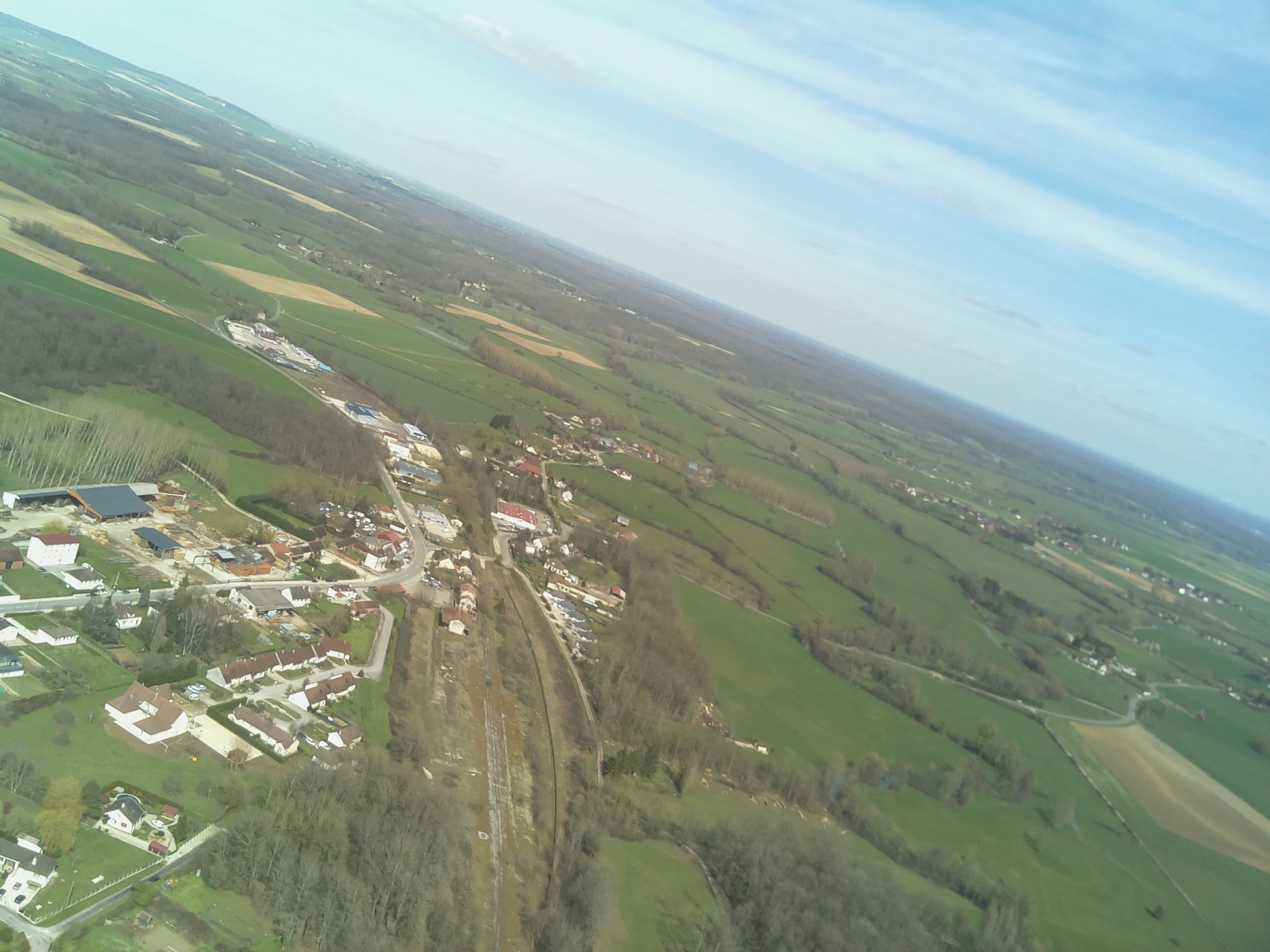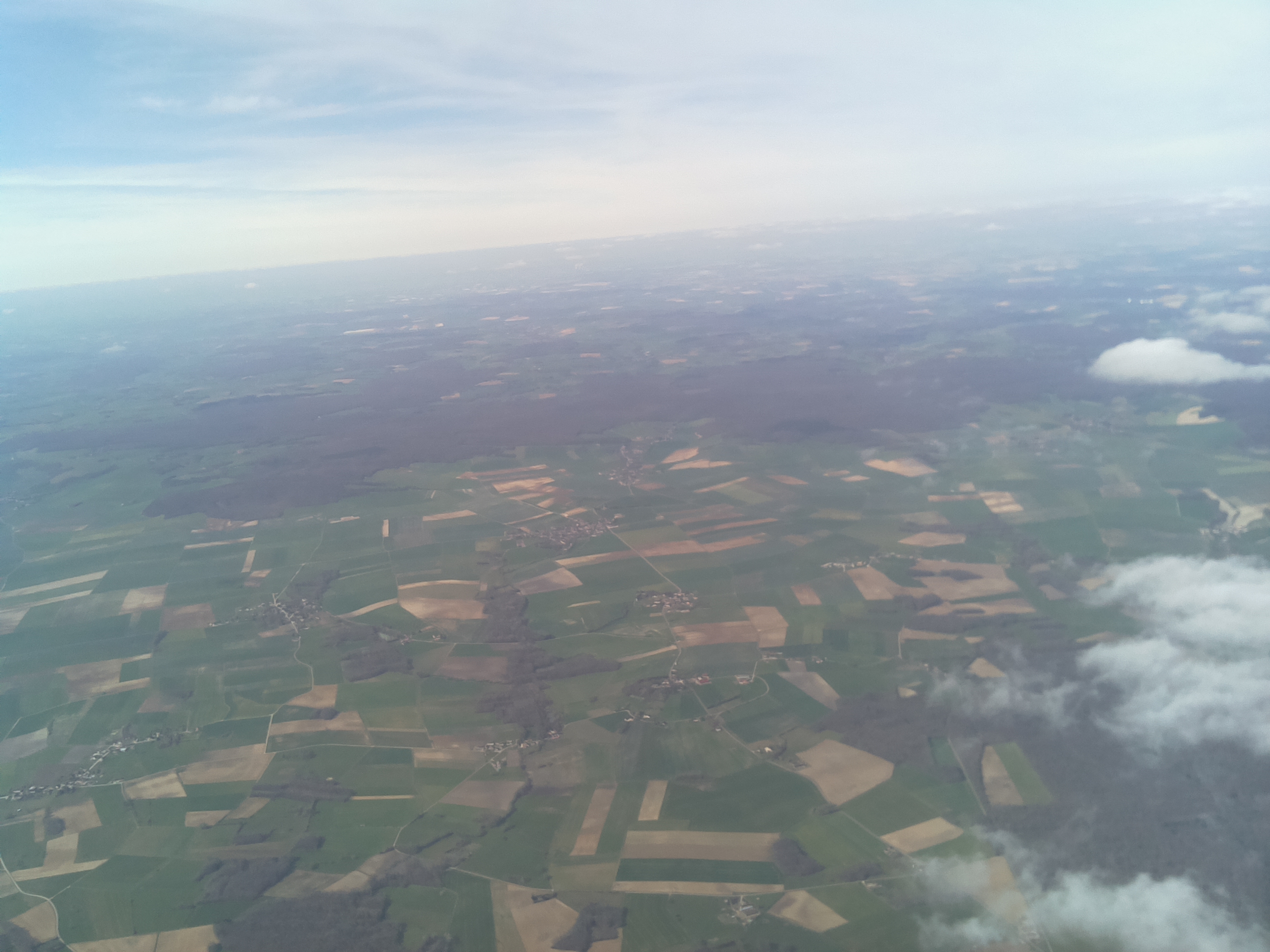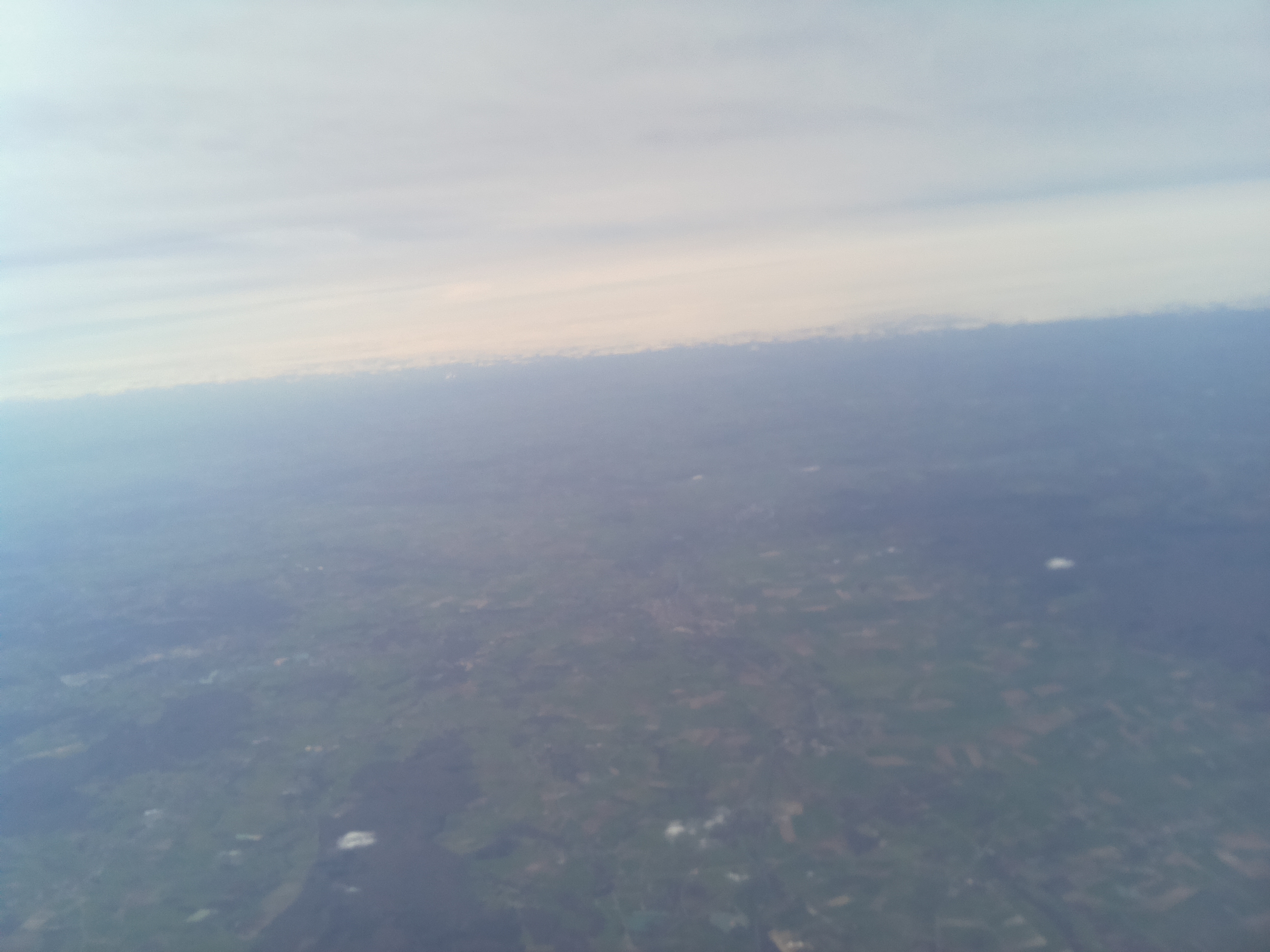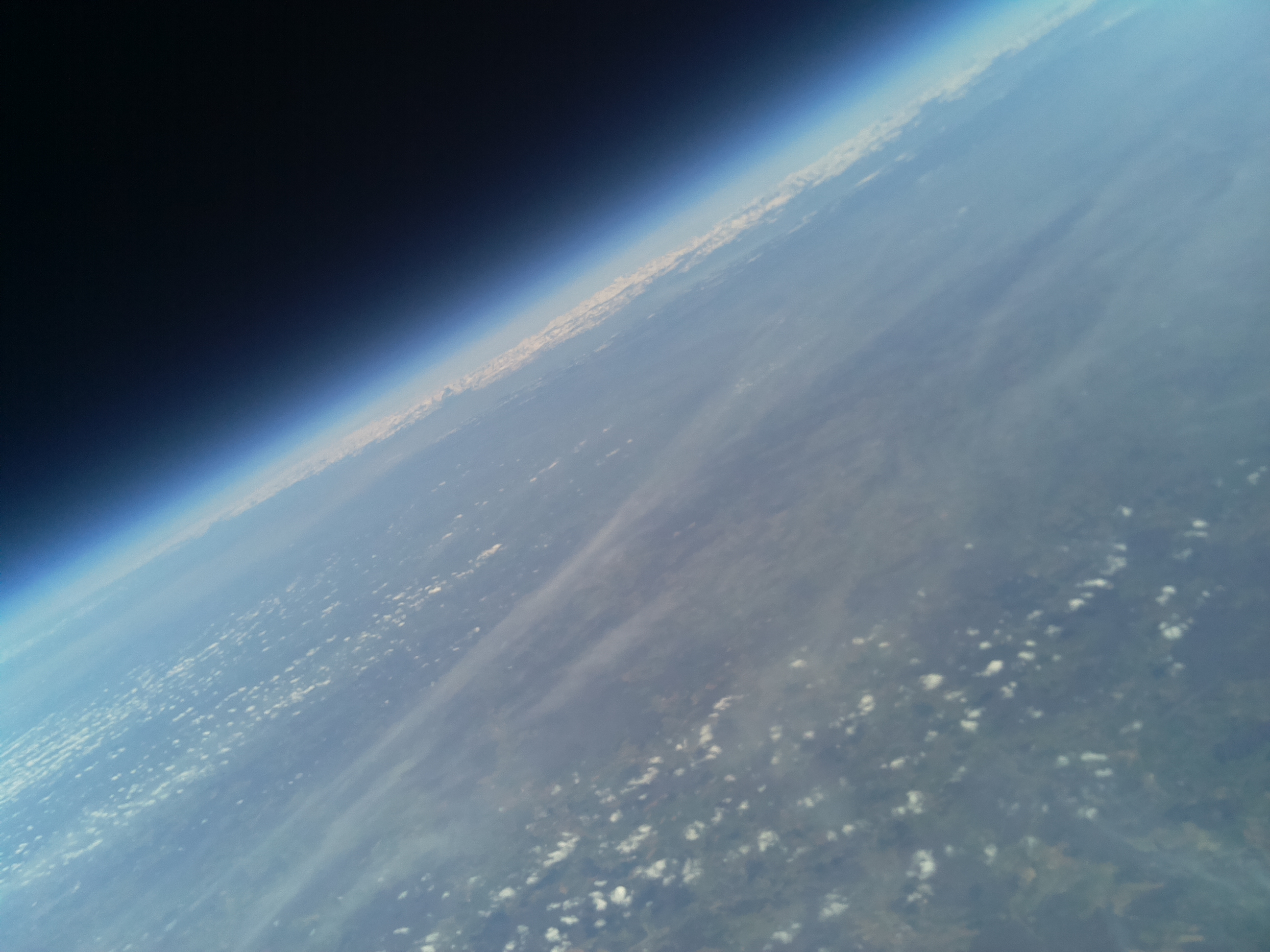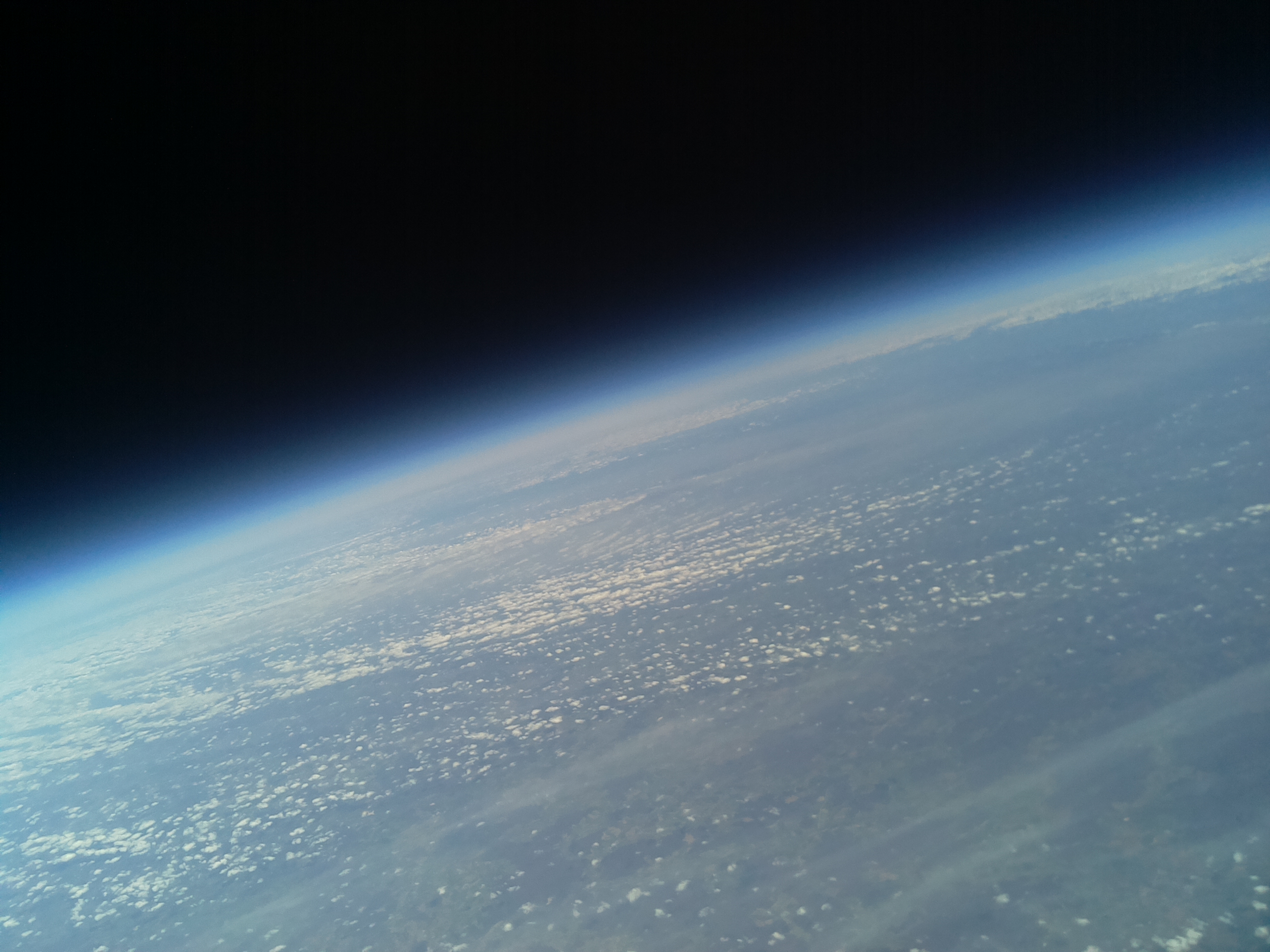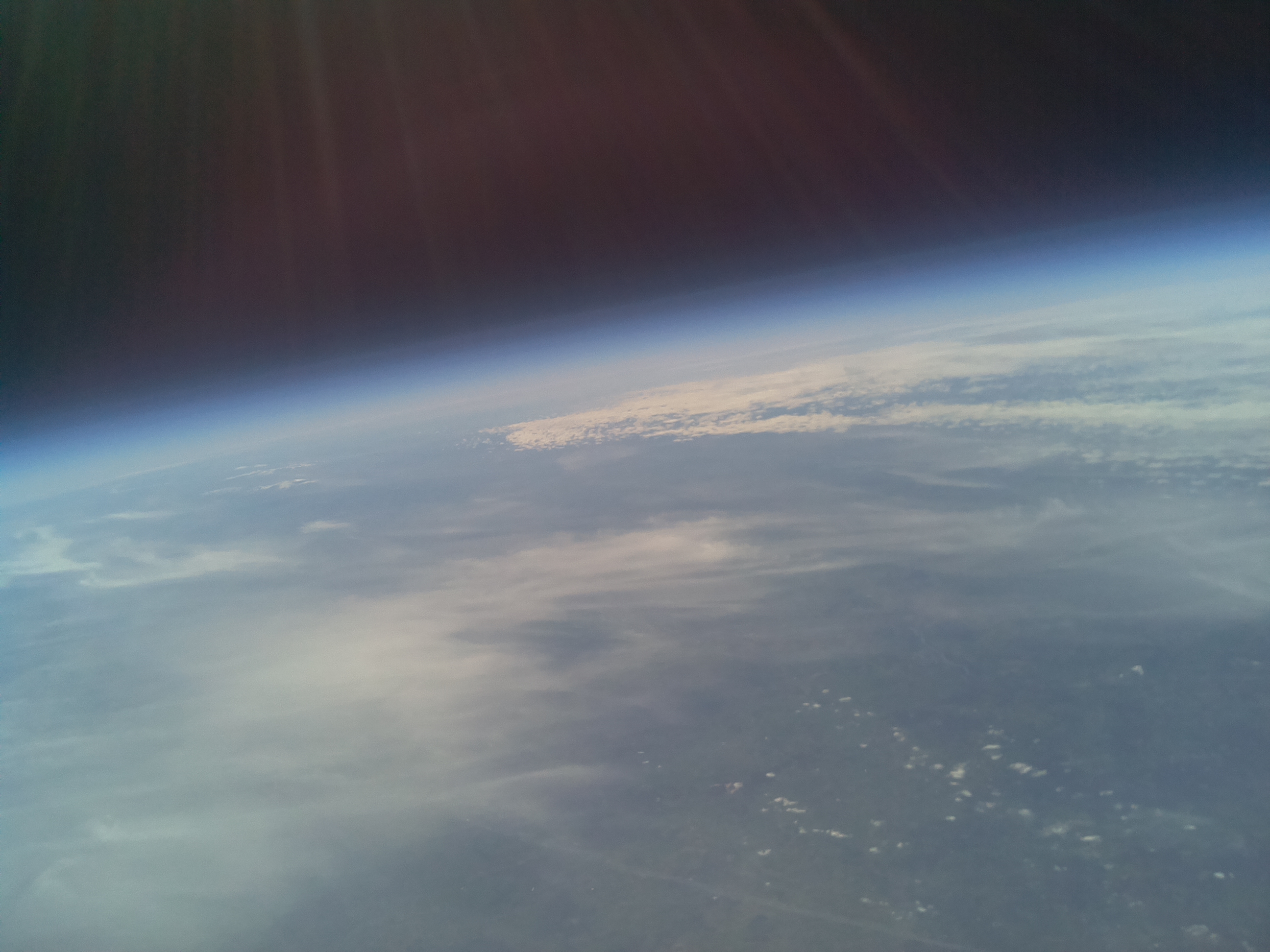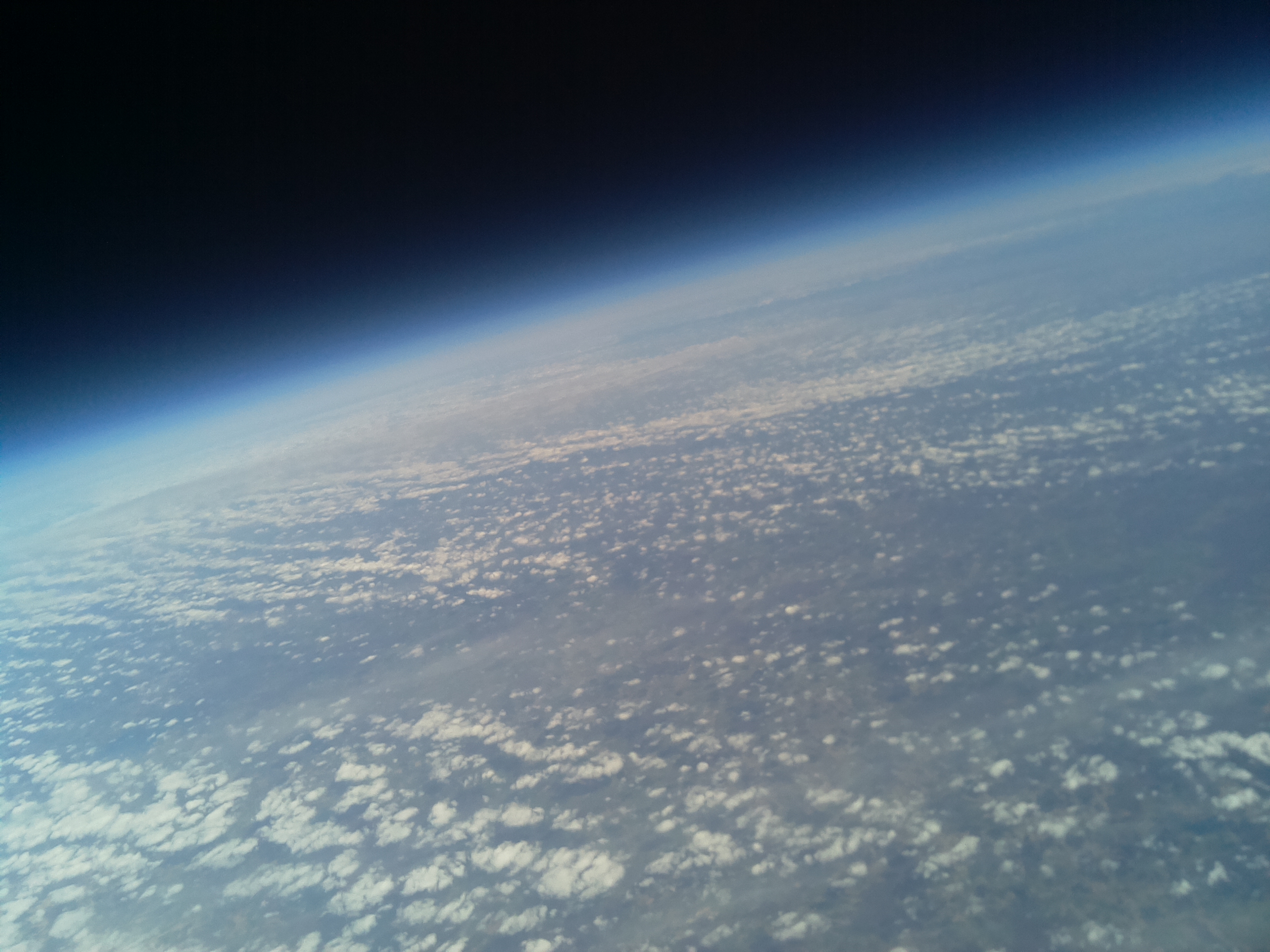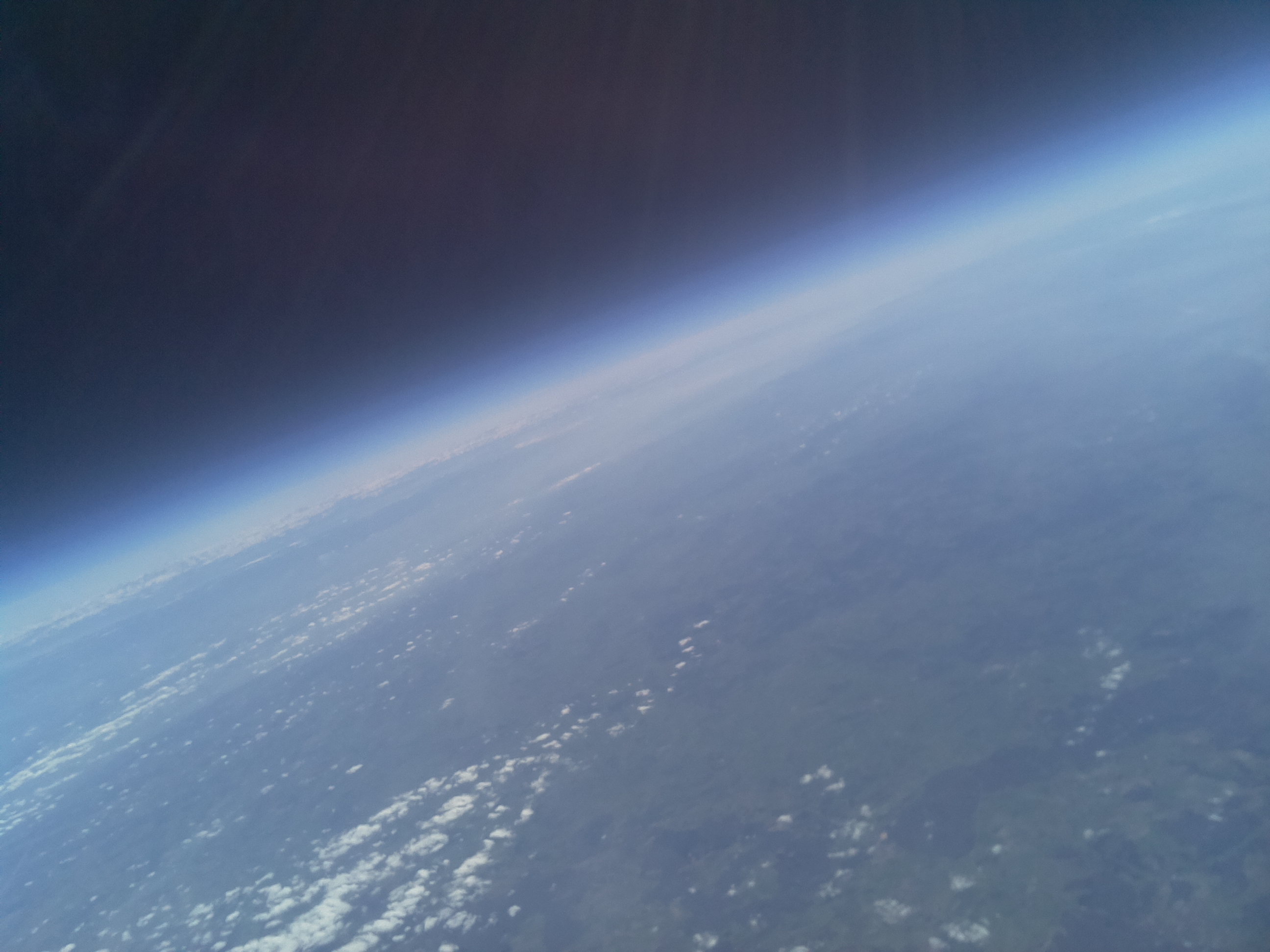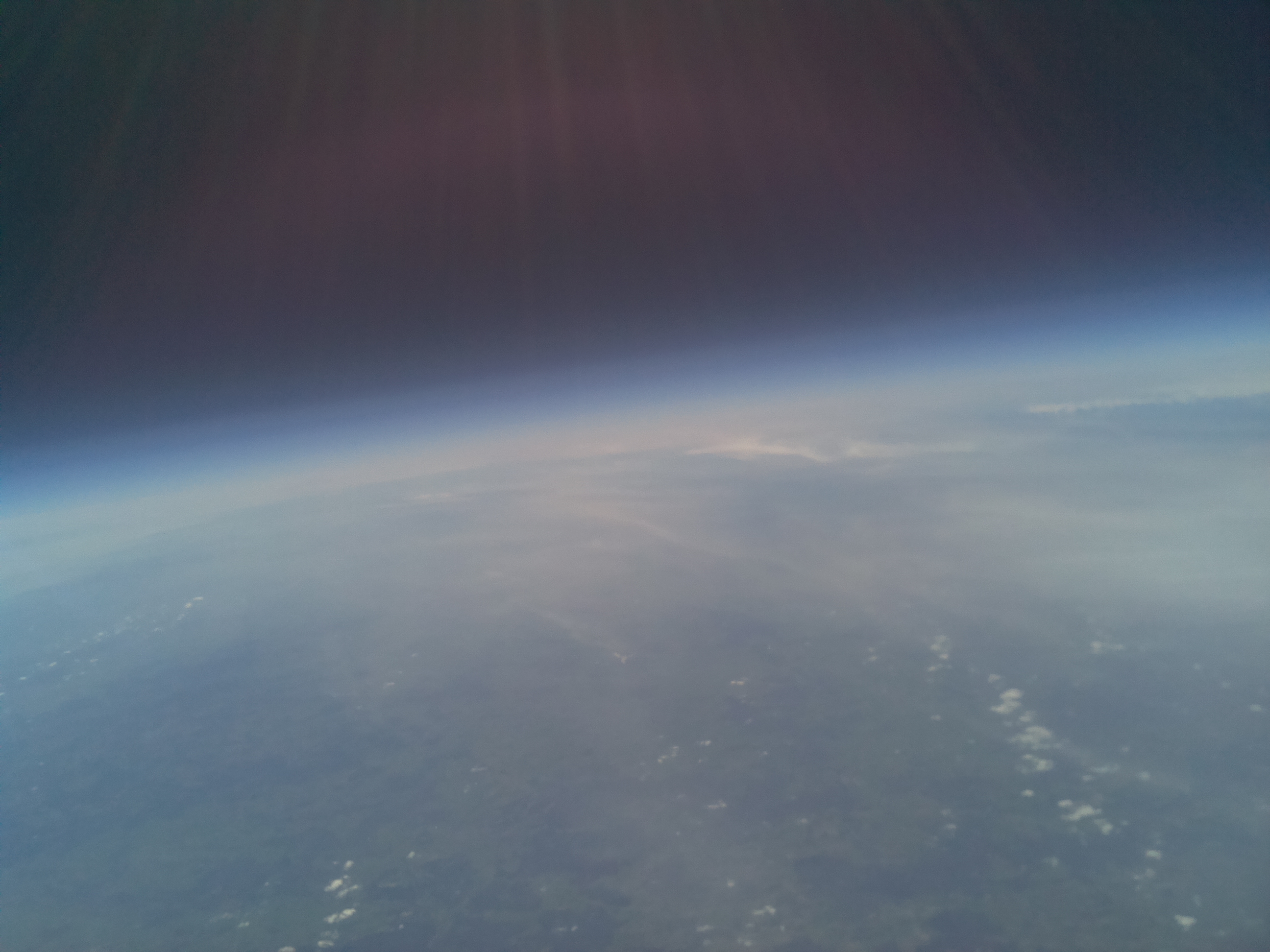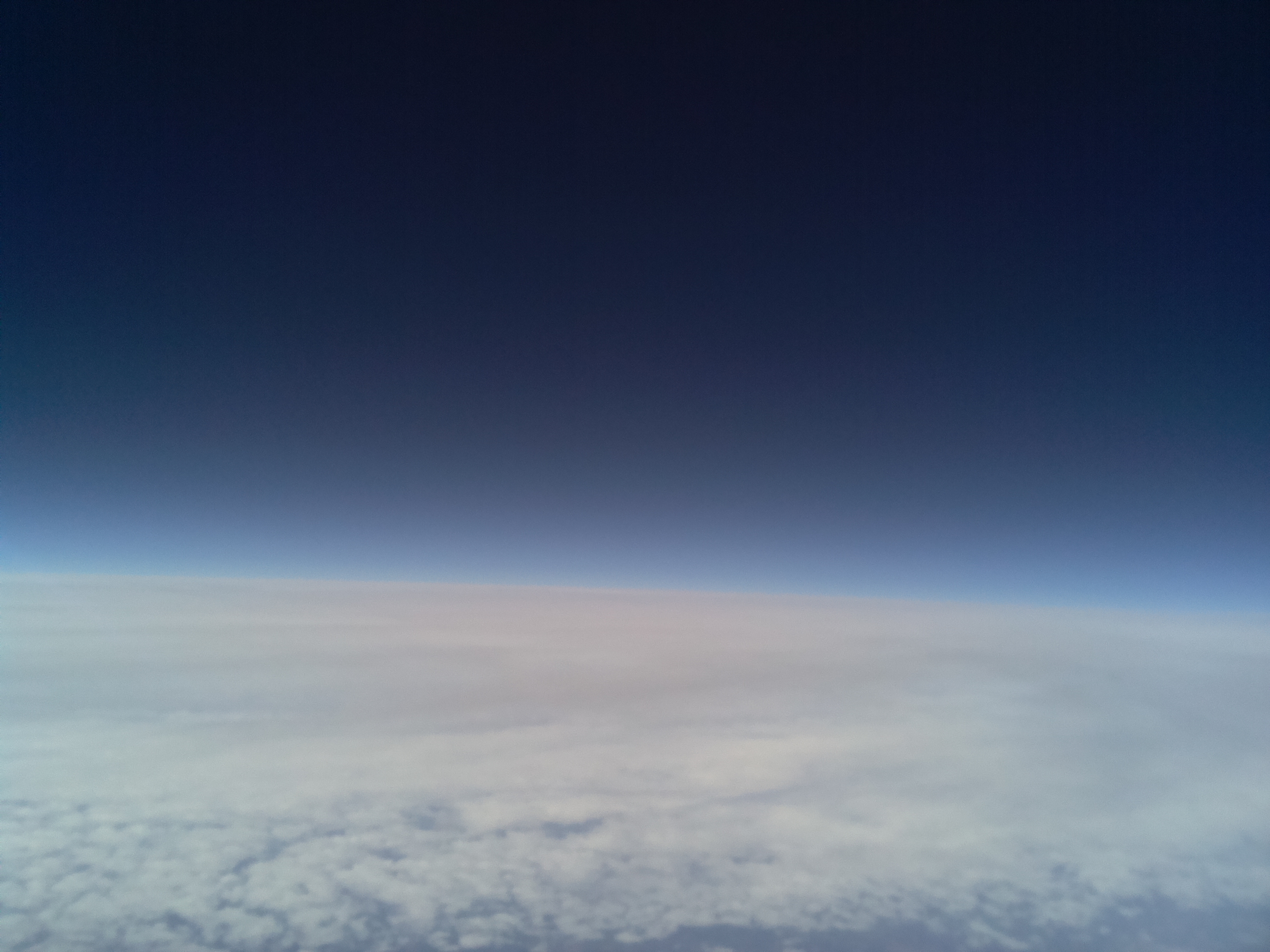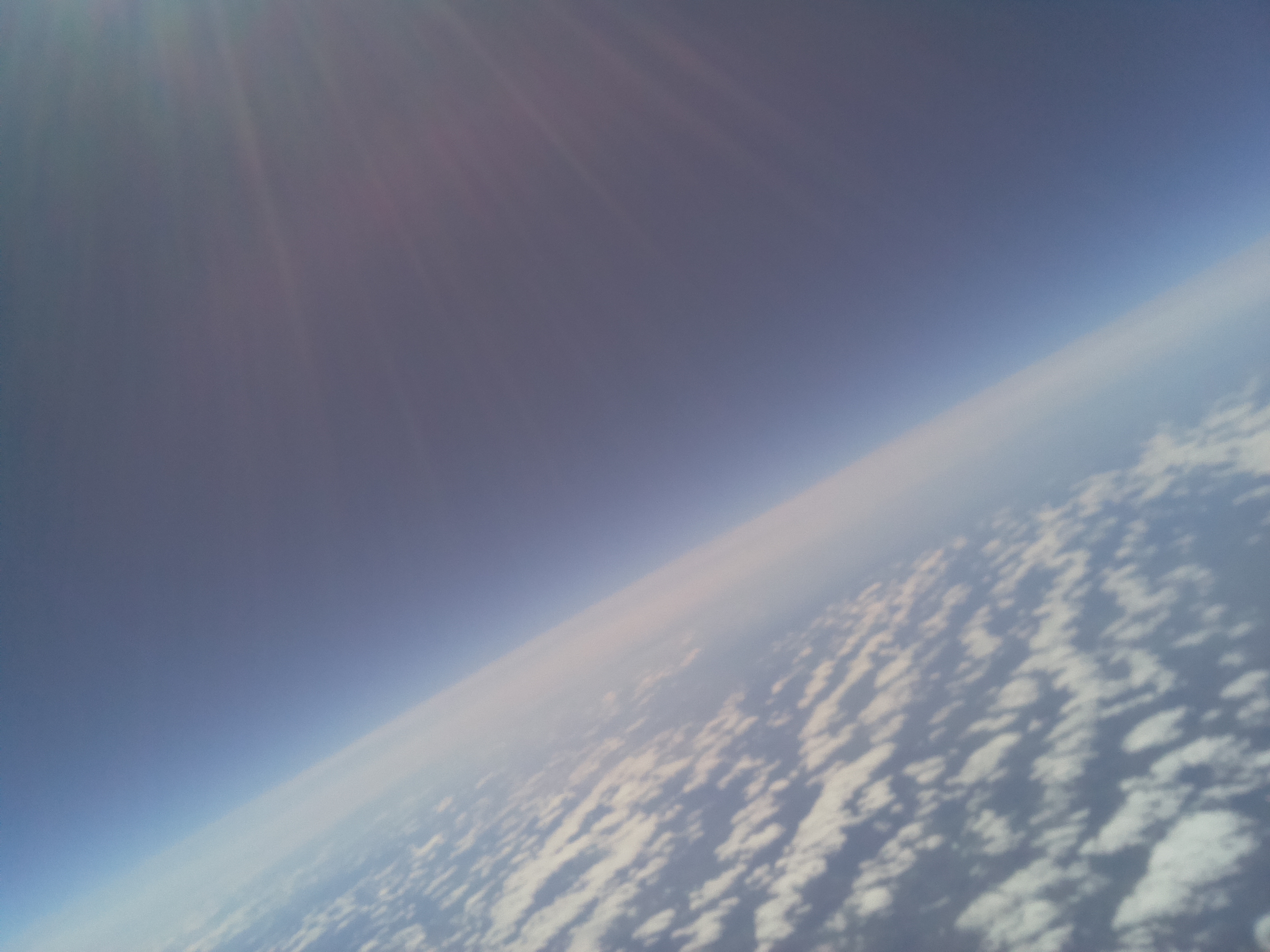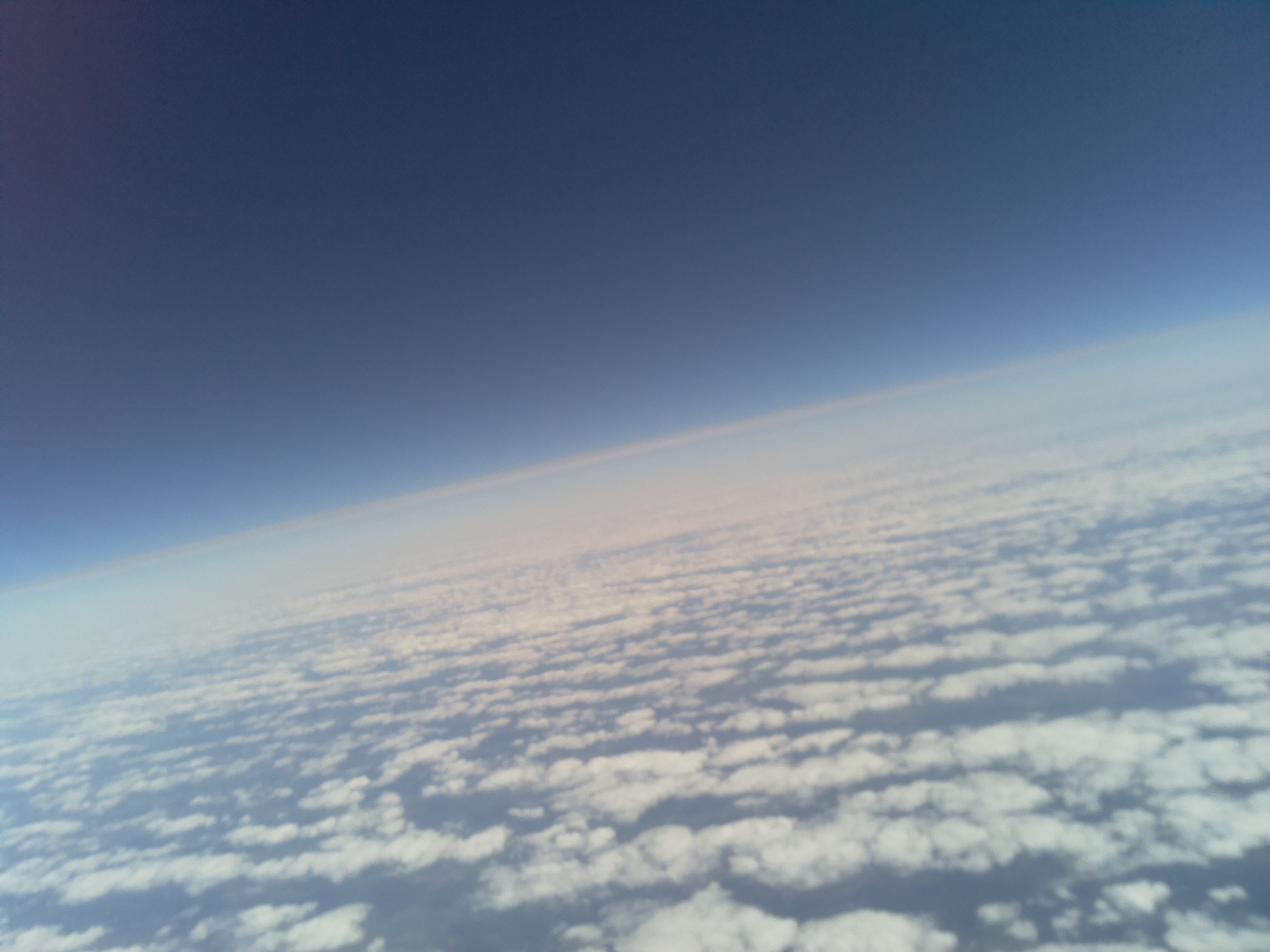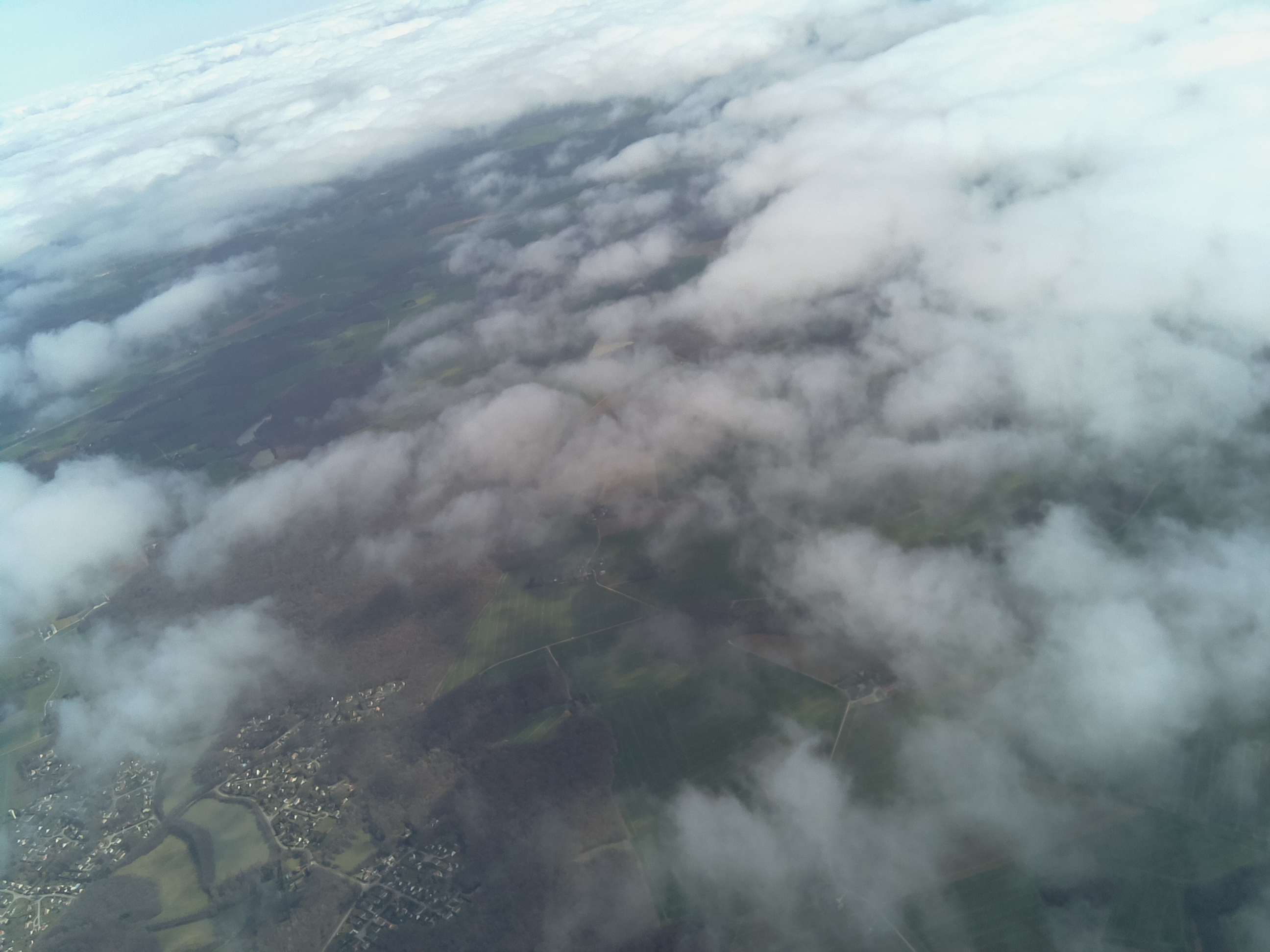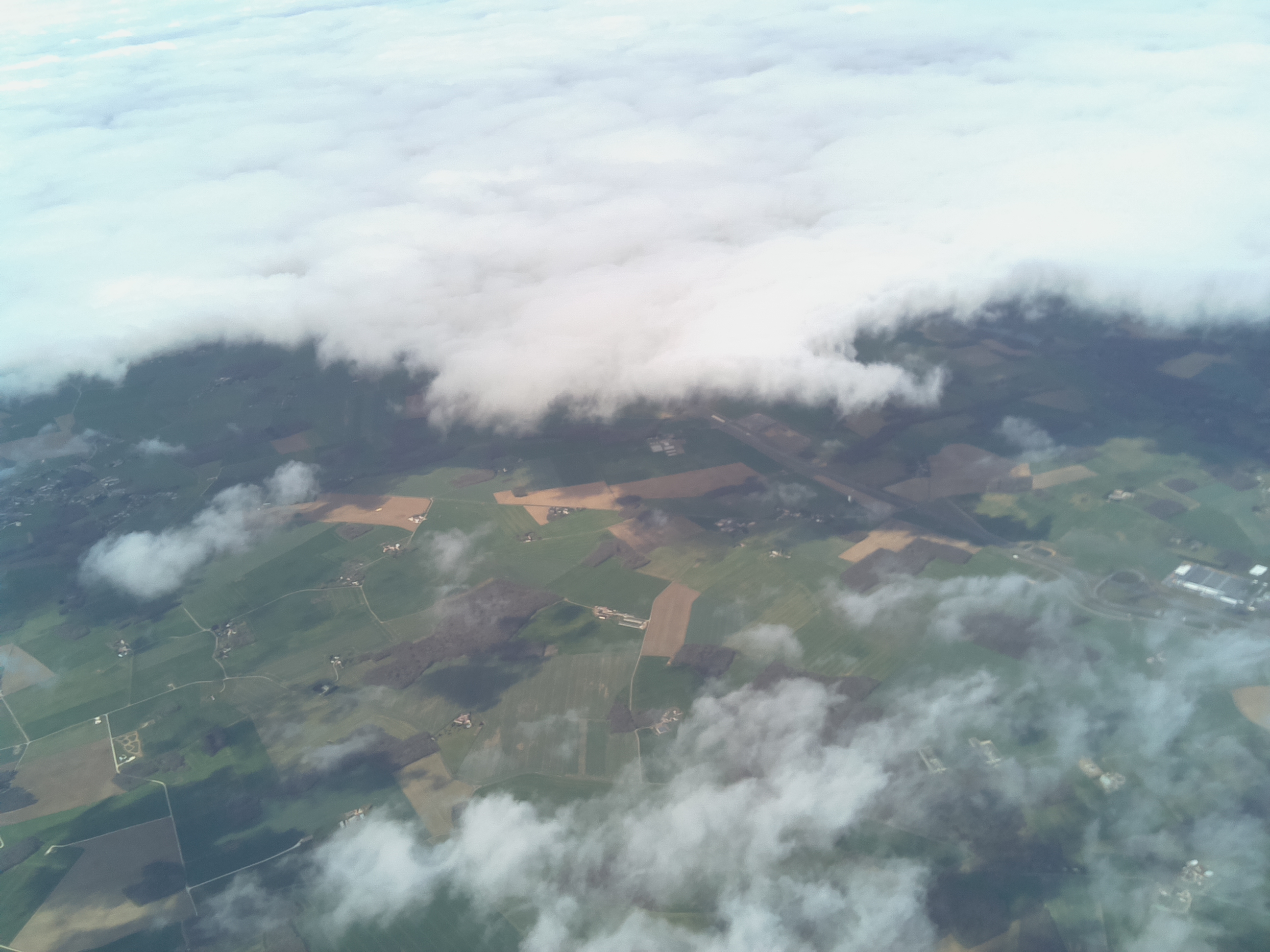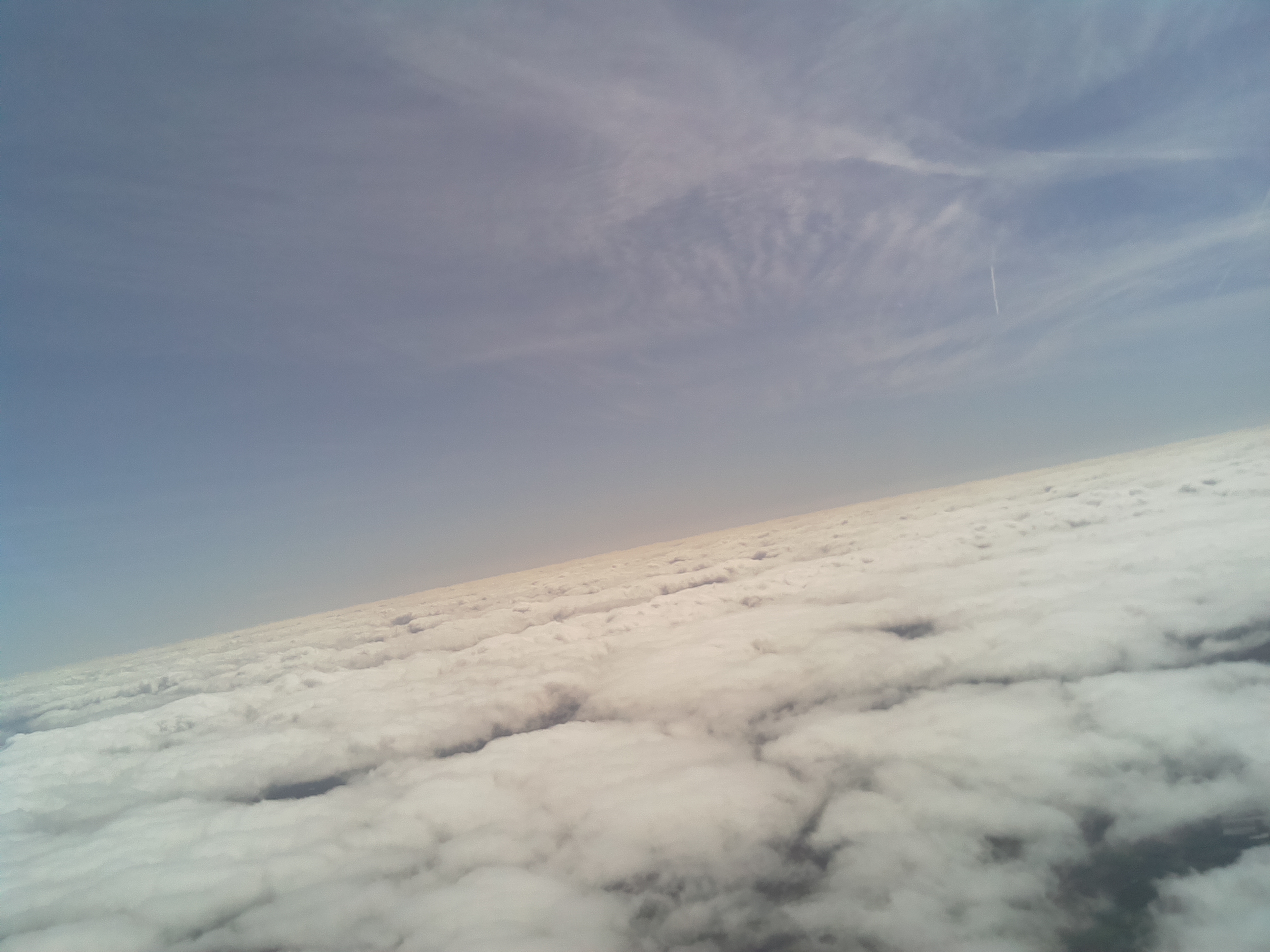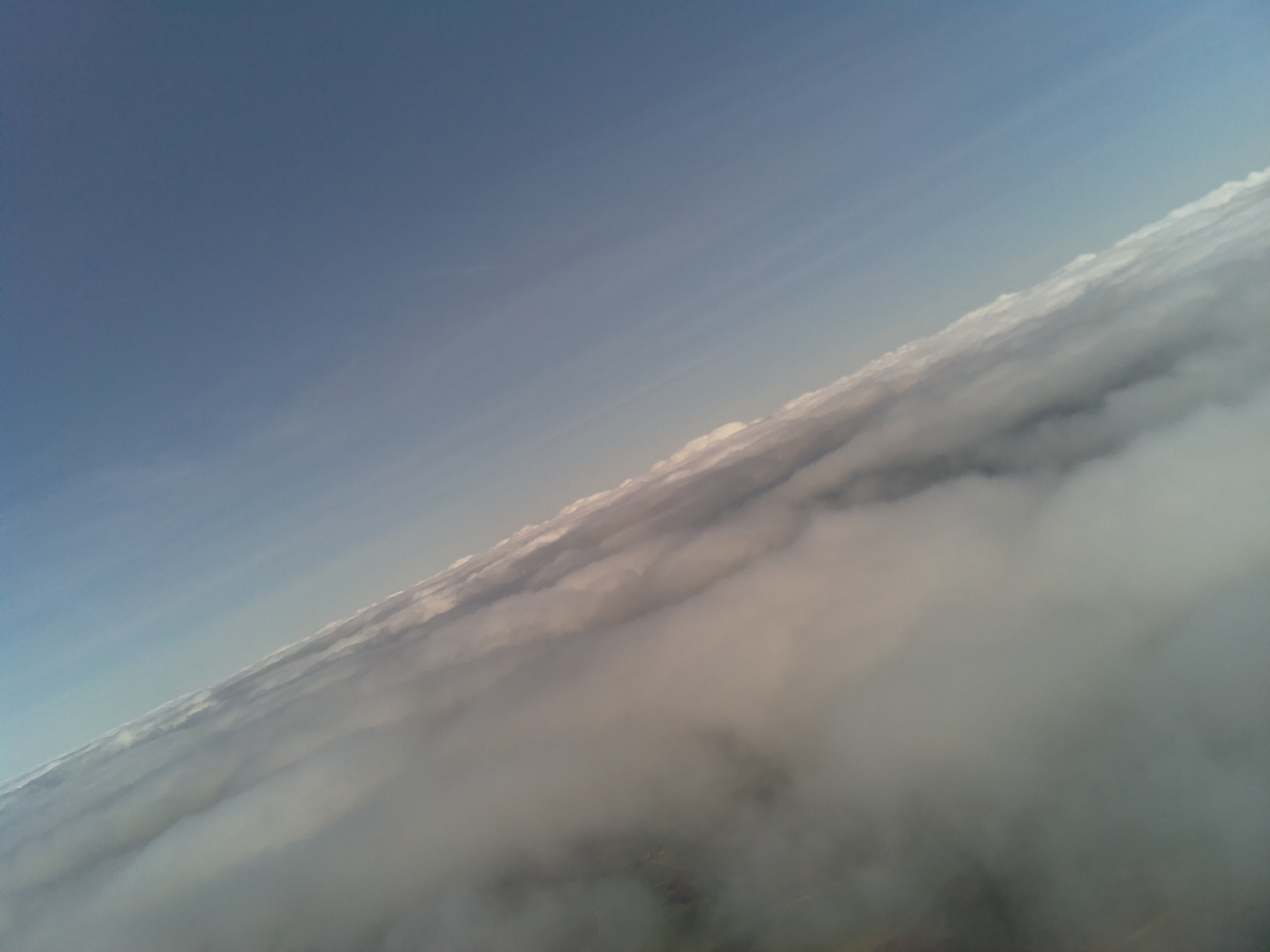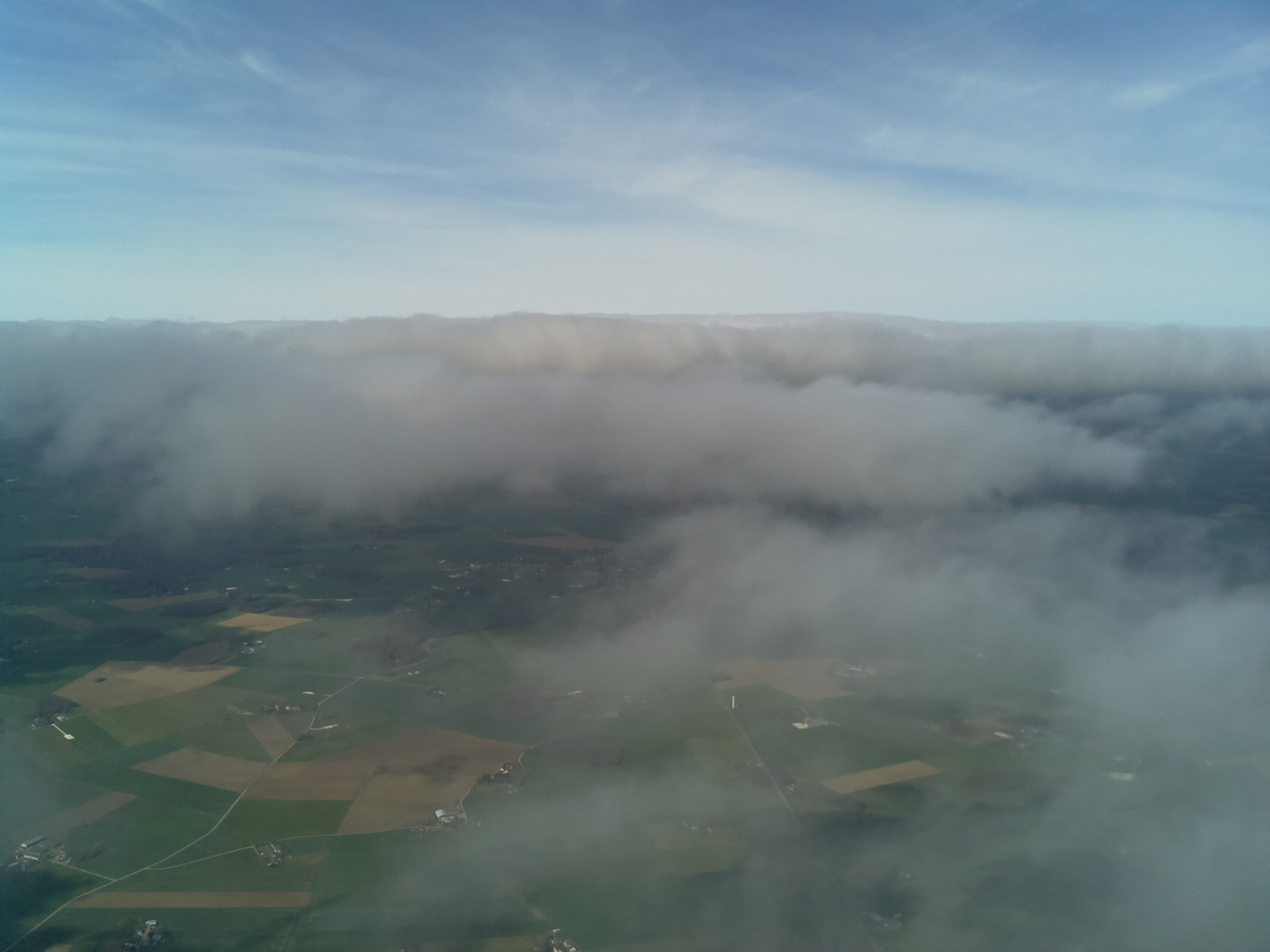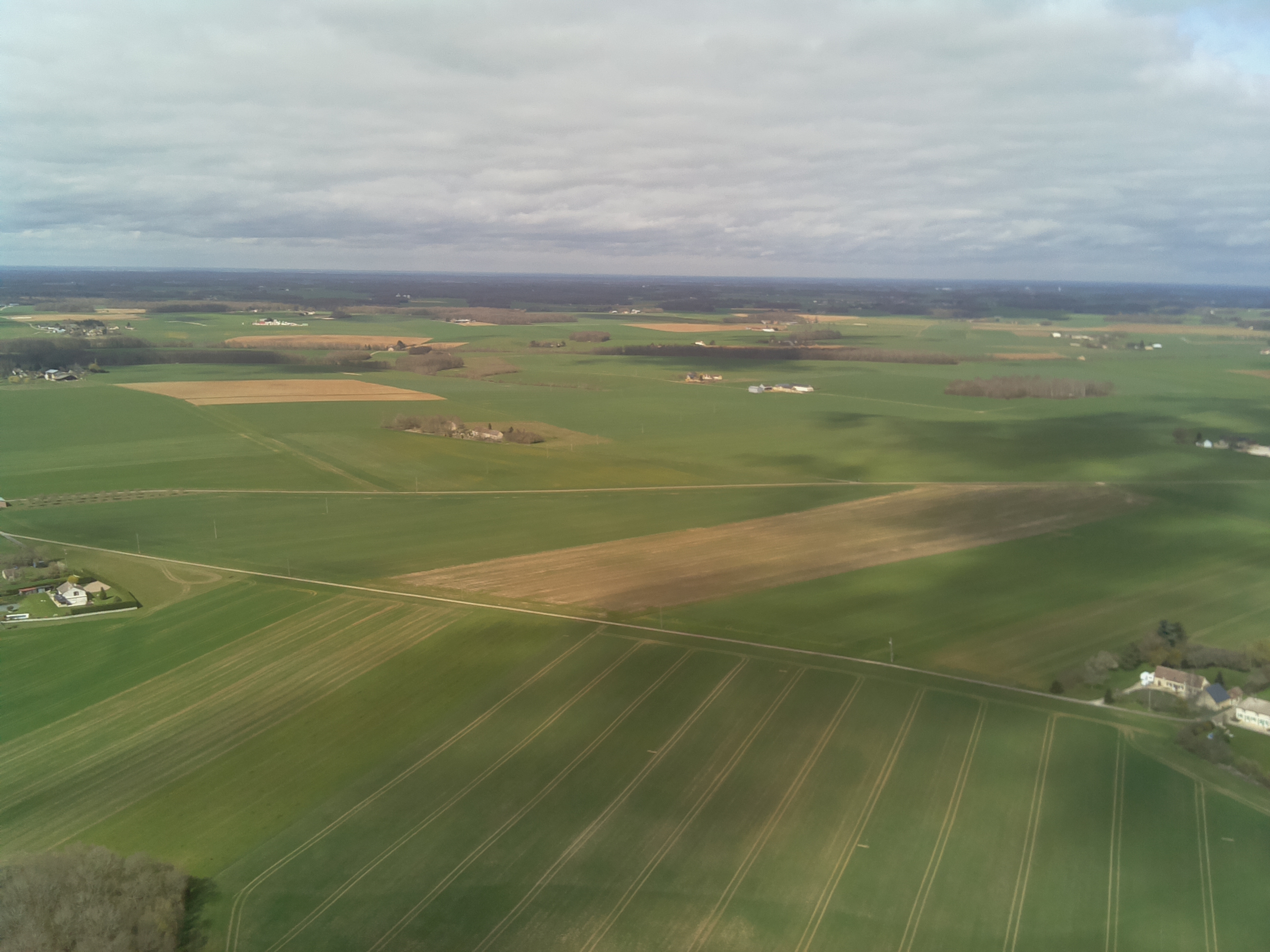Bengaluru has numerous lakes and parks. Known as a garden city, we all love walking and running in these parks. The city still maintains a good amount of green cover and trees along regular roads as well.
Despite the great weather and gardens, the city lacks proper walking, cycling, and running infrastructure. Daily walking for errands is nearly impossible due to broken sidewalks, exposed wires, and construction debris everywhere. Attempting to use a bicycle or run on the roads puts one at risk from heavy vehicles, cars, and stray dogs.
While the weather has traditionally been good, in recent years, due to climate change, it has been worsening. Summers have become unbearable, like this year when many of us struggled to survive without fans or air conditioning. During monsoon months, roads flood almost every time it rains.
The solutions to these problems are well-known. To prevent flooding, we should preserve lakes and avoid encroaching on storm water drains (rajakaluves or SWDs). These SWDs are not cleaned regularly and emit foul odors. The law mandates a 25m buffer zone on both sides of SWDs, but these areas are frequently encroached. Due to lack of maintenance, flooding has become an annual occurrence during monsoons.
To address heat related issues, we need more trees. We also need shaded areas for outdoor workers to rest and hydrate. These facilities do not exist today.
What about an elegant solution that addresses the need to keep SWDs clean, makes creative use of the buffer zone and prevents encroachments?
The solution is to create green paths around these SWDs for walking, running, and cycling. These should include greenery, rest areas, and drinking water facilities. Having a walking path will ensure that the SWDs are well-maintained. Encroachments will be cleared to build these paths, which will also prevent future encroachments.
The cycling path should have a shaded area created by a solar roof. The path will allow runners, walkers, and cyclists to use it safely. It should have greenery on both sides, provide drinking water facilities, outdoor exercise equipment, and toilets (rest spots) at regular intervals, and should be cleaned frequently. The path will also connect various parks within the city and important urban areas.
I’ve consulted the SWD map of the city and created a draft map of the path. The route incorporates major SWDs I could identify in Bengaluru.
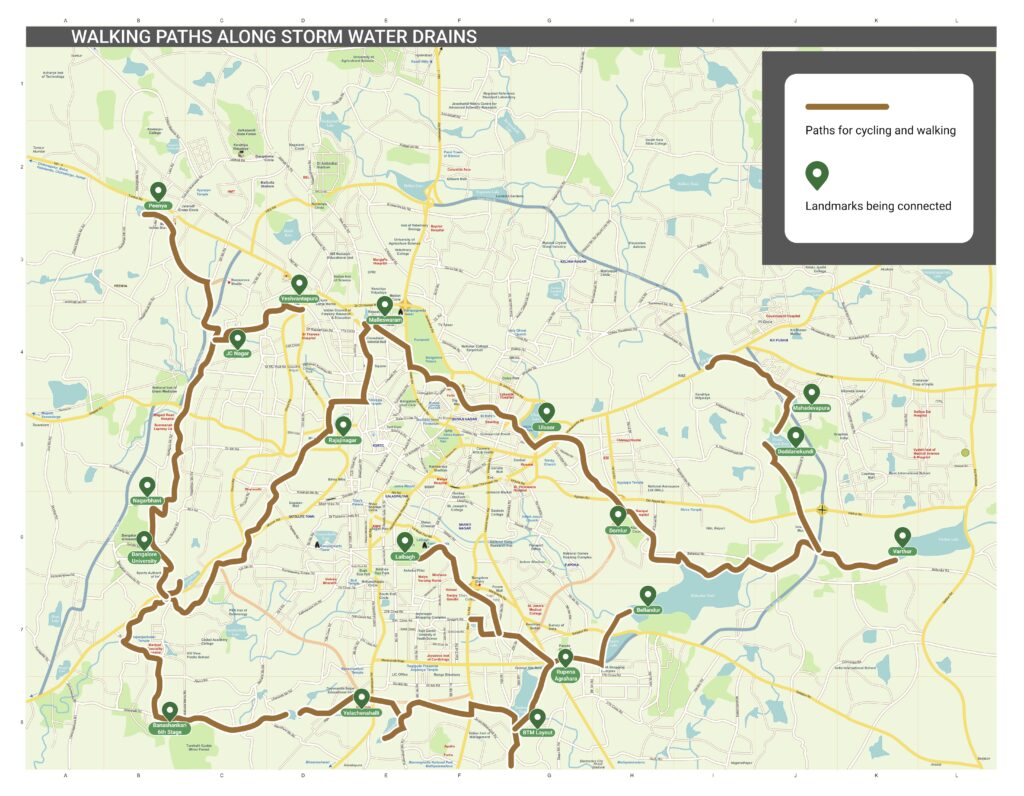
Similar projects are being built around the country. One example is the cycling path in Hyderabad. Look at the pictures from that path to imagine how it might look when built here. This post here has good information about this cycling path.
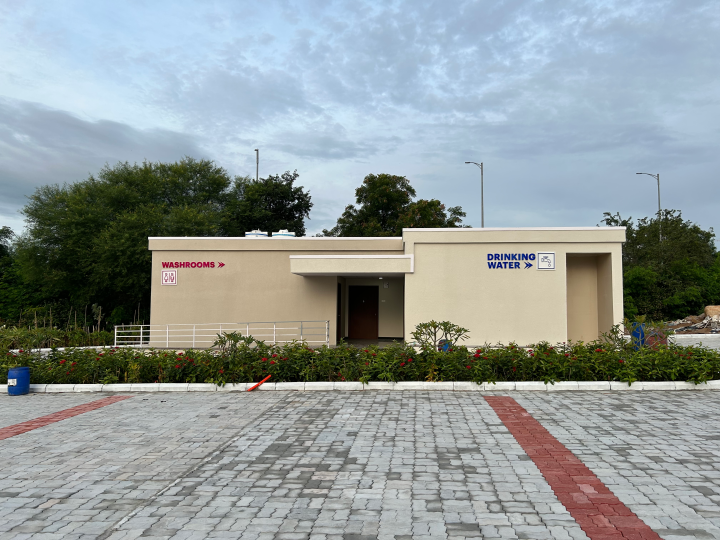
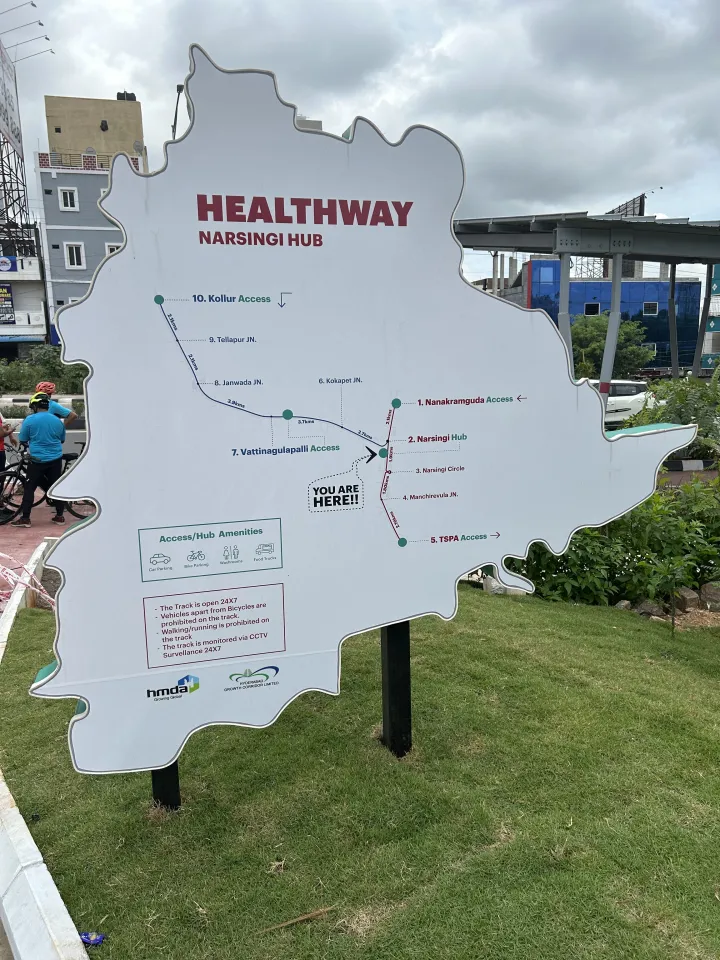
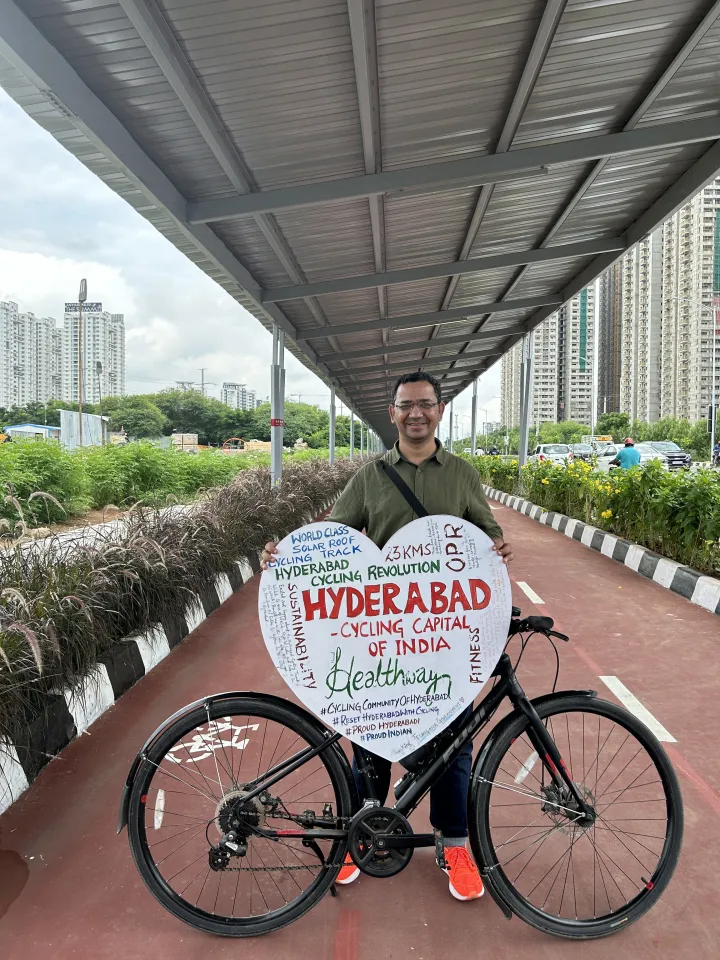
Another advantage of this path is that it will create a walking, running and cycling highway for Bengaluru. People who want to travel to different parts of the city without dealing with traffic can use these paths to commute easily.
Runners who have complained about the lack of long-distance paths in Bengaluru can now run a full marathon of 43 km (or even an ultra of 50 km) solely on these paths.
This will also serve as a rest area during the day for people who work outdoors.
I can anticipate several challenges:
- These spaces are already encroached upon and will be difficult to clear.
- There’s a risk that these paths might be used by motorized vehicles.
- The problem of stray animals (dogs, cows, buffaloes) will persist.
I believe we’ve achieved many great things in Bengaluru not because they were easy, but because many citizens wanted them and made them happen. I feel this is another idea whose time has come. If we work together, we can create an excellent walking, cycling, and running infrastructure for our beloved city.
Do you have ideas on how to take this forward?”

 Follow
Follow